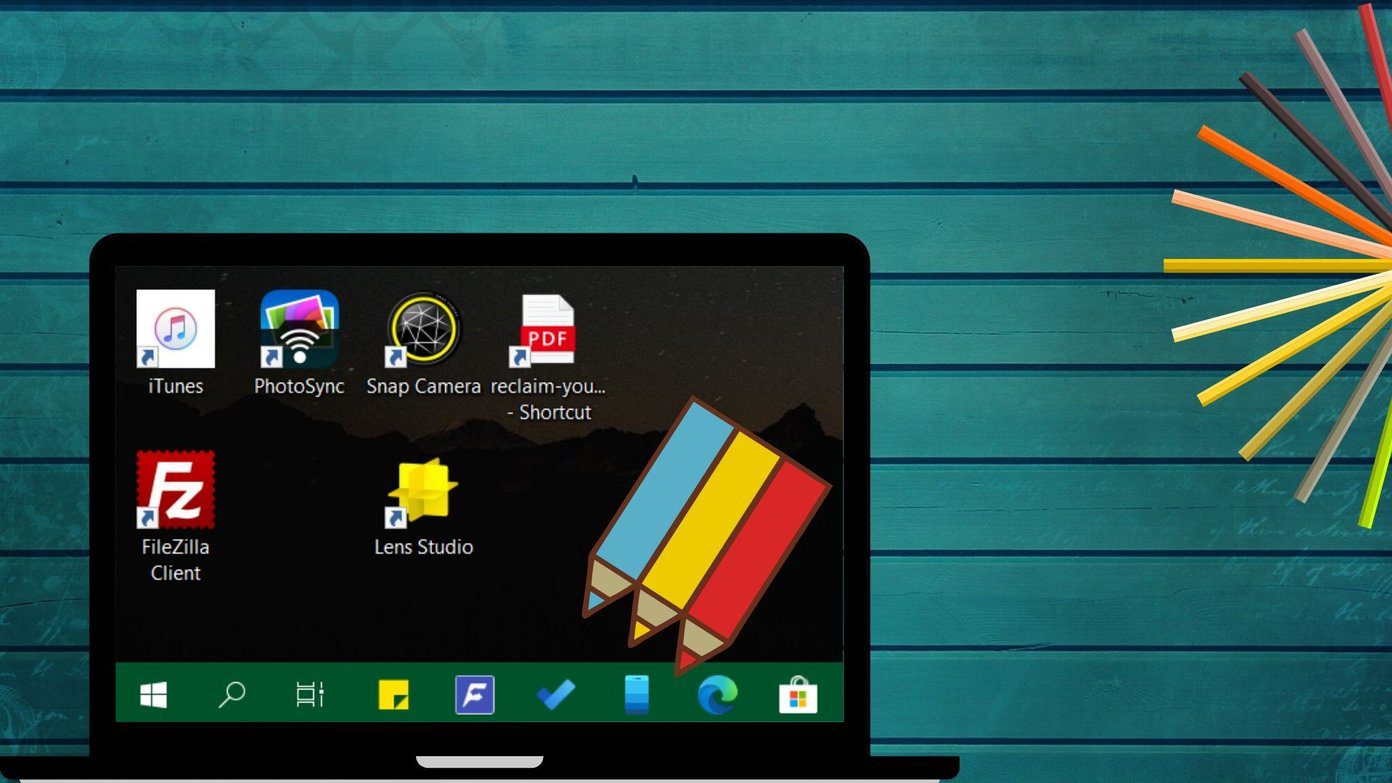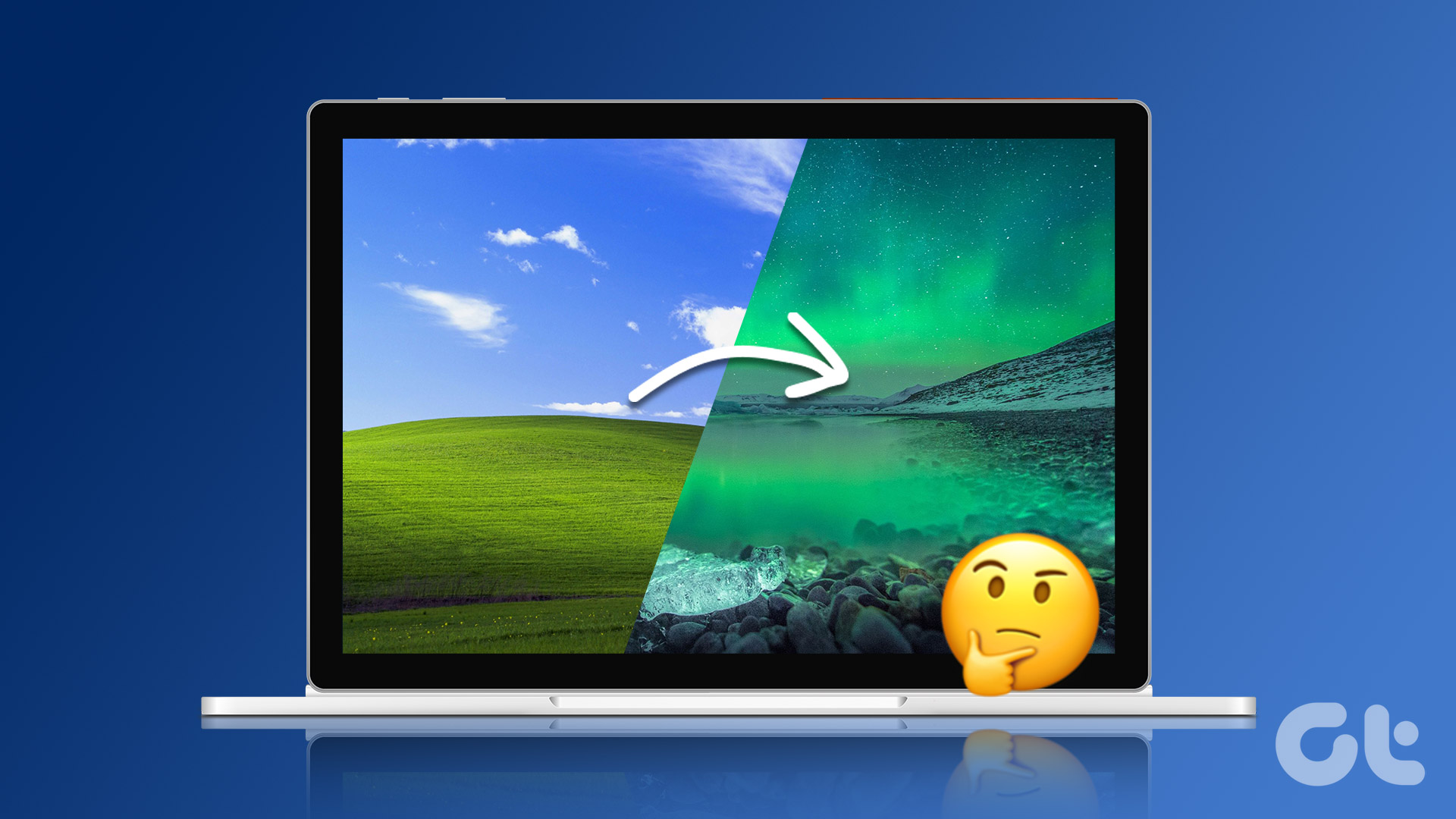Google Drive users usually choose the default drive during the installation process, which is the C drive in Windows. That’s also where the Windows OS is installed by default. This is not a good idea as it creates a single point of failure within your system drive for both system-level files and important documents that you have stored in Drive. Let’s take a look at why you should consider changing the location of Google Drive folder and how to do that.
Why Change Google Drive Folder Location
As noted earlier, the default location for installing all apps and software on a Windows computer is the C drive, whether it is the OS itself or any third-party apps that you may wish to install separately. It has always been the case, but there are a few reasons to reconsider Google Drive’s folder location. Let’s say the system files get corrupt, leading to a situation where you have to format the C drive and reinstall Windows OS. You will have to reinstall every app that you installed on that drive, including Google Drive. And then, you will need to redownload and sync all that data which could run into GBs (gigabytes) if not TBs (terabytes). Add a slow internet connection to the mix, and you are looking at a potential headache.
Causes of corruption could include bugs, malware, virus, troubleshooting an error, and sometimes, even Windows updates. Generally, it’s a good idea to keep OS-level system files, user files, and third-party apps separate in different drives. The reverse is also possible where a bug in one of the third-party apps may force you to format the drive. Again, leading to the dreaded situation. Modern desktops and laptops today house at least an SSD or HDD. SSDs have faster read/write speeds, but also more expensive. This is why users go for a combination of both where they use a smaller capacity SSD to install Windows and improve everyday performance and larger capacity HDD/s for seldom-used files. Because these files are not accessed or required often, speed is of little importance. Another reason why you would want to change Google Drive folder location and move it to HDD. We looked at how moving the Google Drive folder to a separate drive can be beneficial down the line. You can either install a separate drive or partition an existing one before moving if you haven’t created a partition or need a new one.
How to Change Google Drive Folder Location
The steps are simple and shouldn’t take more than a few moments. Step 1: Right-click on the Google Drive client icon in System Tray in Taskbar and click on the three-dot menu button. Select Preferences under there. Step 2: Under the Settings tab, click on the Disconnect Account button to remove your Google (Gmail ID) from the Drive app installed on Windows. Click on Disconnect again in the pop-up that follows to confirm your decision. Step 3: Go back to Google Drive Settings from the System Tray as you did before, and this time, you will view an option to sign in. Enter Google account login details and confirm via 2FA if you have set that up to complete the sign-in process. Step 4: Once you sign in, you will be asked to select folders you want to back up. Choose your folders as per your needs. Click on Next. Step 5: In the next screen, click on Change next to the Folder location pathway to change the default Google Drive folder location in Windows computer to the one you preferred. You can either choose an existing folder or create a new one, something like My Drive. Step 6: The folder location pathway should reflect in Settings windows now. Confirm it is correct and click on Start to begin the sync process.
New Home Address
All Google Drive files and folders stored in Google Drive should move to the new Google Drive folder location seamlessly. Because all the data is stored in the cloud, there is no risk of losing any. You may choose to delete the old data lying in the last drive location if they are still there. Here is a neat trick. Why not move important files and folders to an external hard drive instead? That way, you now have a backup that you can stow away offline for emergency access and safekeeping. Next up: Tired of waiting for Google Drive to zip your files? Know how to download multiple files from Drive without zipping them. The above article may contain affiliate links which help support Guiding Tech. However, it does not affect our editorial integrity. The content remains unbiased and authentic.


















